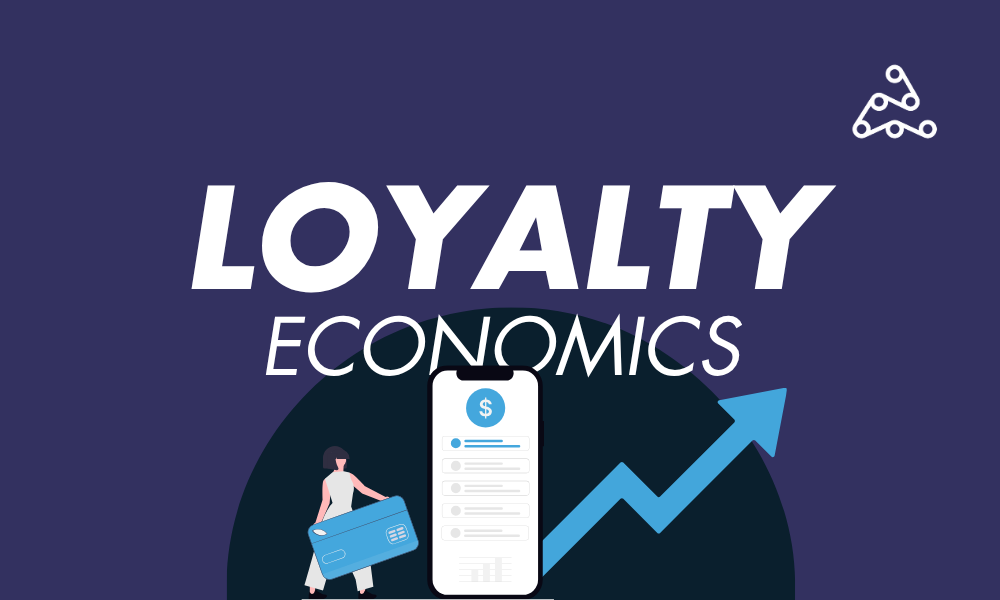Social commerce is the biggest evolution in shopping since e-commerce. A new report from Accenture revealed that social commerce will generate $1.2 trillion by 2025. There’s no magic behind this massive increase. Rather, it combines two things many consumers (mostly digital natives) love—social media and shopping.
In this post, we’ll cover the trends from the research and provide you with tactics to position your social app to be a market for sellers and buyers.
The State and Future of Social Commerce
How did shopping on social become such a hit? Brands have long been using these platforms to connect with consumers. Offering direct purchasing was taking off, and the pandemic certainly accelerated it. That boost to $1.2 trillion will account for 16.7% of all e-commerce by 2025.
Another reason for its growth is that social shopping comes with promoters or detractors simply from consumers making comments or liking posts. It’s true that most people consider the reviews of others in buying decisions over what the brand says. Now, that’s on a different level from just product reviews on websites.
Social Commerce: Three Paths to Take
The social commerce ecosystem is complex. It includes brands, platforms, third-party commerce enablers, resellers, and buyers. All these parties execute social commerce in one (or more) of these three ways:
- Content created by brands via shoppable posts or in-app stores.
- Experience-driven, which involves live streaming, AR/VR, or gamification.
- Influencer-centric, which means influencers use their platform to endorse and promote brands.
These three avenues turn traditional e-commerce on its head. Social commerce tells stories, drives connections, and creates experiences. According to Accenture’s research, that makes consumers more likely to try new brands.
Emerging Trends Likely to Dominate Social Commerce
To reach $1.2 trillion, trends will push buyers and sellers to these new marketplaces.
More Digital Natives Have Buying Power
If you guessed that those who love social shopping are younger generations, you’d be correct. That’s no surprise. What to consider as an app marketer is that this segment is growing. These buyers are technically savvy, care about a brand’s impact on the world, and heed recommendations from others. That being the audience makeup means social commerce is ideal for them. They can learn everything they want, experience cool tech, and get authentic information from other customers.
The Accenture report stated that one-third of spending would be Millennial driven, but Gen Z would be close behind.
The Emerging Metaverse
The metaverse is casually becoming part of everyday rhetoric. A virtual world often looks more appealing than the real one. It combines social connection and experience. As a result, retailers are taking note of its revenue potential.
The retail business is challenging and competitive. Numerous mainstays have filed bankruptcy in the past few years, and the pandemic shifted buyer behaviors forever. Retailers that can expand virtually and do it well could win big. One example is the Forever 21 Shop City, a joint venture with the brand and Roblox. Users will be able to build and operate their own fashion stores and buy Forever 21 merchandise.
This experiment could become the norm for brands that want to engage in the metaverse with customers.
What Social Apps Need to Know About Social Shopping

Currently, the social platforms dominating the trend are Facebook, Instagram, and TikTok. However, that doesn’t mean there aren’t opportunities for other social apps to capitalize.
You can go the route of facilitating e-commerce on your platform, which is expensive and complicated. The alternative is to make your app a place where brands can tell great stories, highlight products, and tap influencers to share. Then send them to that retailer’s app or store to finalize the purchase.
Beyond models and logistics, your social app needs to grow its userbase to be an attractive opportunity for brands. You can do that by highlighting the social shopping experiences.
Ideas for Your Social App
- Launch CPI (cost per install)/CPE (cost per engagement) hybrid campaigns. These direct users to install then take a social commerce action, such as “Download and Start Shopping” or “Install and Virtually Try New Products.”
- Deploy CPI keyword campaigns that focus on social shopping, using terms like “shop live streams” or “virtual shopping.”
- Invest in social influencers your target audience respects and admires to promote your app and the social shopping features. With this tactic, opt for a performance-based model, so you only pay the influencer when someone installs your app.
- Leverage offerwalls to reward users that download your app with a tactic that doesn’t look like an ad. The offer should be related to social shopping to hook the audiences you want on your app.
Shopping’s Future Looks Very Social
Based on the trends, buyer behaviors, and the appeal of the virtual world, shopping will occur increasingly on social apps. To get your app in the running for this massive revenue opportunity, you’ll need to work out the backend and increase your users. We can help with the latter. We work with social apps to help them meet their user acquisition goals. Connect with us today to learn more.



